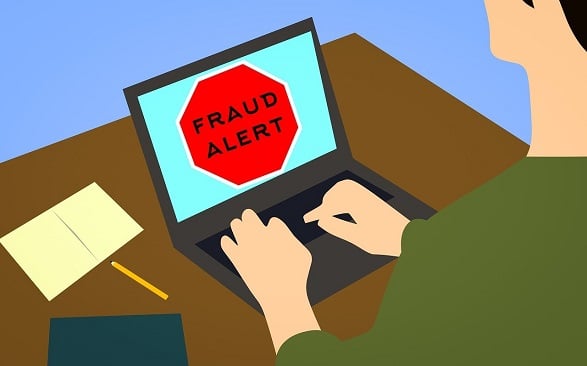The internet has become an indispensable part of our lives, and we rely on it for everything from shopping and banking to socializing and entertainment. However, with the benefits of the internet come risks, and one of the most significant of these risks is fake websites. In this article, we’ll explore what fake websites are, how they work, and how to avoid falling victim to them.
What is a fake website?
A fake website is a website that is designed to look like a legitimate website but is actually a fraudulent copy. These websites are created by cybercriminals who are looking to steal personal and financial information from unsuspecting users. Fake websites can be used to steal credit card numbers, login credentials, and other sensitive information that can be used for identity theft and fraud.
How do fake websites work?
Fake websites operate by imitating the appearance and functionality of a genuine website. They can use the same logos, colors, and fonts as the legitimate site and may even have similar URLs. The ultimate goal of these websites is to deceive users into providing their personal and financial information, which is then captured by cybercriminals.
Fake websites can be created through various means. Some utilize sophisticated phishing techniques, such as emails that seem to come from reputable businesses but include links to counterfeit websites. Others are produced by hacking into genuine websites and replacing the content with false information.
How to spot a fake website

Identifying a fake website can be difficult, as cybercriminals are becoming more sophisticated in their techniques. Nevertheless, there are some warning signs you can watch for to assist you in recognizing a phony website:
- URLs: Check the website’s URL carefully. If it looks slightly different from the legitimate website’s URL, it may be a fake website. For example, “www.amazonprime.com” is not the same as “www.amazon.com/prime”.
- Typos and grammatical errors: Genuine websites are generally well-written and professionally edited. Therefore, if you notice numerous typos and grammatical errors on a website, it’s possible that it’s fake.
- Logos and branding: Look at the logos and branding on the website. If they look slightly different from the legitimate company’s logos and branding, it may be a fake website.
- Security: Check to see if the website is secure. Look for the padlock icon in the browser bar, which indicates that the website is using SSL encryption. If the website does not use SSL encryption, it may not be secure.
- Payment methods: Before making a payment for a product or service on a website, it’s essential to verify if the payment methods are legitimate. If the website is only accepting payment through cryptocurrency or wire transfer, it may be a fake website.
Fortunately, you no longer have to rely solely on your own ability to detect fake websites and links, which can be a difficult and daunting task. We have developed a powerful and user-friendly tool that can detect fake websites and links with just one click! download LinkWall today from google play for FREE.
If you’ve clicked on an insecure link by mistake, don’t panic! Click here for a quick solution
How to protect yourself from fake websites
Protecting yourself from fake websites requires a combination of caution and technology. Here are some steps you can take to protect yourself:
- Download LinkWall, it’s easy to use, fast, and secure. The LinkWall application offers a comprehensive solution to protect against all types of fake links and website-related threats.
- Use a web browser that has built-in security features, such as Google Chrome or Mozilla Firefox.
- Always check the URL of a website carefully before entering any personal or financial information.
- Use strong passwords and enable two-factor authentication for any accounts that allow it.
- Be cautious of emails and messages that ask you to click on links or download attachments. Always verify the legitimacy of the sender before taking any action.
Final thoughts
Fake websites are a significant threat to our personal and financial security, but by taking a few simple steps, we can protect ourselves from these scams. By being vigilant, checking URLs carefully, and using security software, we can reduce our risk of falling victim to fake websites. Remember to always be cautious when entering personal information




